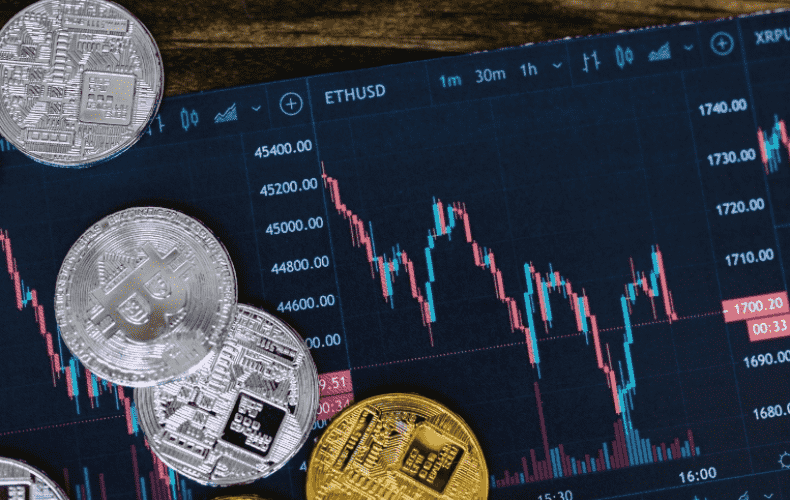
Crypto Investment Entry and Exit Strategies of Institutional Investors
Section: Business
As the Social Democratic Party (SPD) prepares for the upcoming Bundestag elections, speculation mounts regarding the party's leadership dynamics following the potential departure of Chancellor Olaf Scholz.
Current SPD leader Lars Klingbeil is emerging as a prominent candidate for a significant position within the party's hierarchy, alongside Minister Boris Pistorius. Klingbeil has been actively engaging with the public to understand their concerns and priorities, emphasizing that leadership changes cannot merely be transactional, as he stated in a recent interview.
Reports suggest that Klingbeil has urged Scholz to reconsider his candidacy for Chancellor, although this has been officially denied by the SPD leadership. Regardless of the truth of these claims, it is evident that a new generation of social democrats is positioning itself for a post-Scholz environment. Klingbeil's rise within the party has been notable since 2017, and he is now being considered a strong contender for the role of Vice Chancellor.
Political analyst Albrecht von Lucke notes that Klingbeil is currently well-placed for the Vice Chancellor role, although this position may not carry the same influence as a major ministerial post. Klingbeil's strategy appears to involve careful navigation of party debates and discussions, particularly in light of recent tensions within the party regarding contentious legislation.
The SPD is reportedly employing a dual strategy, with Scholz and fellow party member Rolf Mützenich both taking assertive stances in public discourse. This approach aims to maximize party influence before the elections, despite Scholz's diminishing prospects after the vote.
Pistorius has also gained popularity and is seen as a potential candidate for Chancellor, which complicates the situation for Klingbeil. Both leaders currently outperform Scholz in popularity polls, highlighting a potential power struggle within the party. However, experts believe that the SPD cannot afford to overlook either candidate's contributions due to their weakened position at the top.
Looking ahead to the post-election landscape, it is anticipated that a coalition government may lead to limited ministerial roles for the SPD, especially if the party fails to secure a substantial share of votes. In this scenario, it is conceivable that one of the candidates could assume the Vice Chancellor role while the other might become the party's parliamentary group leader.
While Pistorius is likely to retain his position as Defense Minister, Klingbeil's future role remains uncertain. The potential for a new structure within the SPD could see him either stepping into a less influential ministerial role or taking on a leadership position within the parliament, which would require a shift away from his current aggressive opposition style.
The upcoming political landscape will depend significantly on how the SPD navigates its internal dynamics and external coalition possibilities. With Hubertus Heil also vying to maintain his role as Minister of Labor and Social Affairs, the party faces intricate negotiations to determine who will fill key positions in the new government.

Section: Business

Section: Arts

Section: Arts

Section: Business

Section: Business

Section: Arts

Section: Health

Section: Arts

Section: News

Section: News
Health Insurance in Germany is compulsory and sometimes complicated, not to mention expensive. As an expat, you are required to navigate this landscape within weeks of arriving, so check our FAQ on PKV. For our guide on resources and access to agents who can give you a competitive quote, try our PKV Cost comparison tool.
Germany is famous for its medical expertise and extensive number of hospitals and clinics. See this comprehensive directory of hospitals and clinics across the country, complete with links to their websites, addresses, contact info, and specializations/services.
One of the most beautiful squares transforms into a summer stage every year for two days. The Gärtnerplatz Open-Air features a free music and cultural program across three stages, as well as street food from local vendors. On Saturday, the main stage at Gärtnerplatz offers something for everyone,...



No comments yet. Be the first to comment!